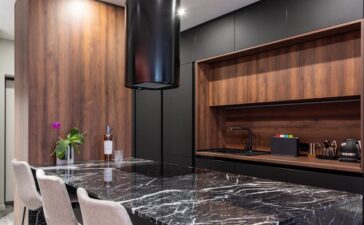Skylights are architectural features that have become synonymous with modernity and sustainability in building design. These overhead windows are installed on a roof or ceiling, providing rooms with natural light and ventilation, thereby reducing energy consumption and enhancing the aesthetic value of any space. This article explores the various benefits, types, and considerations associated with installing skylights, offering a comprehensive guide to those looking to brighten their homes or workplaces with natural sunlight.

One of the primary advantages of Velux skylights Perth is their ability to enhance the natural lighting in a space, which can make interiors appear larger and more open. Natural light can also improve mood and productivity, making skylights particularly beneficial in residential and office settings. Furthermore, by reducing the need for artificial lighting during the day, skylights can lead to significant energy savings. In climates with cold winters, the heat from the sunlight can contribute to warming the space, further reducing heating costs.
However, the benefits of skylights extend beyond energy efficiency. They can also improve ventilation, especially when equipped with opening mechanisms. Ventilating skylights can be opened to release rising hot air and draw in cooler air from windows and doors, enhancing air circulation and reducing the need for air conditioning. This natural ventilation helps maintain a comfortable indoor environment and improves air quality by reducing the accumulation of pollutants and moisture, which are common in tightly sealed buildings.
There are several types of skylights, each suitable for different applications and architectural styles. Fixed skylights are the most common type, offering additional light without the option for ventilation. They are ideal for rooms where ample ventilation is already available. Ventilated skylights, on the other hand, can be opened either manually or with motorized controls to allow air exchange, making them perfect for kitchens, bathrooms, and other areas prone to humidity and odours.
Tubular skylights represent a technological advancement in skylight design. These small, tubular structures are ideal for spaces where traditional skylights cannot be fitted, such as hallways or closets. Tubular skylights channel sunlight through a reflective tube from the roof to the ceiling, providing a surprising amount of light relative to their small size. Their compact nature also minimizes the structural modifications needed for installation, making them an economical choice for bringing natural light into difficult-to-reach spaces.
When considering the installation of skylights, there are several important factors to take into account. The orientation of the skylight can significantly affect its efficiency and functionality. For example, north-facing skylights provide constant but cool illumination, while south-facing skylights offer maximum potential for heat gain during winter, though they may require shading solutions to prevent overheating in the summer. Additionally, the slope or pitch of the skylight affects its ability to collect light; a slope equal to the geographical latitude of the location plus 5 to 15 degrees is optimal for maximizing solar gain.

The choice of glazing material also impacts the performance of skylights. Options include plastic or glass, with glass being more durable and offer better clarity, though it is generally more expensive. Advances in technology have also introduced glazing options that can control heat and light transmission, including tinted glazes, insulated glazing, and low-emissivity coatings, which can help manage heat gain and loss, as well as ultraviolet radiation.





